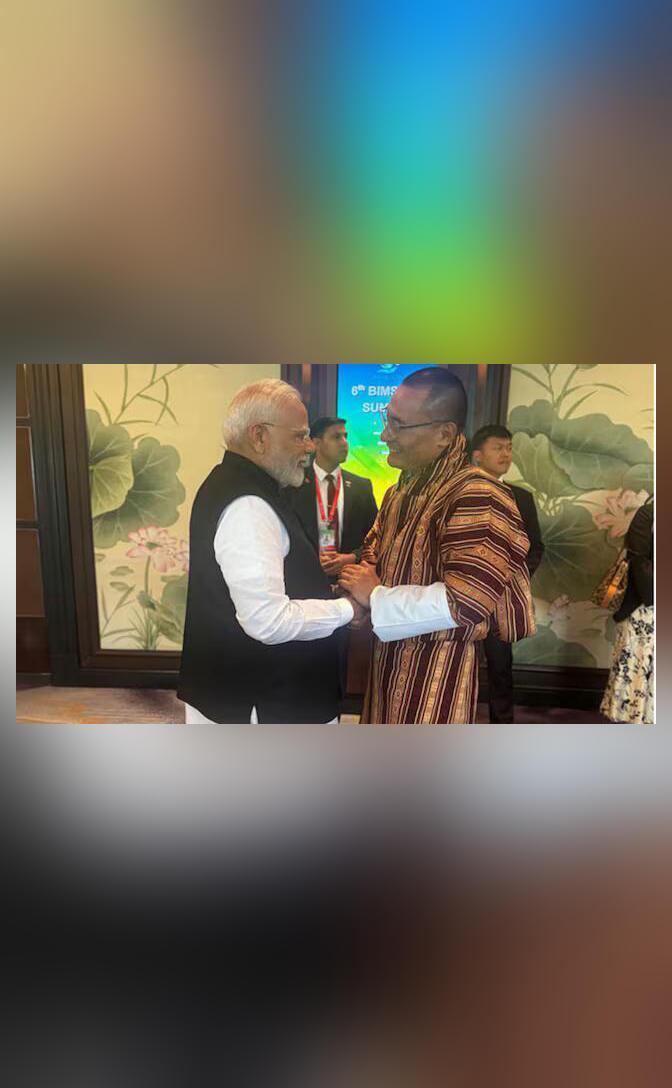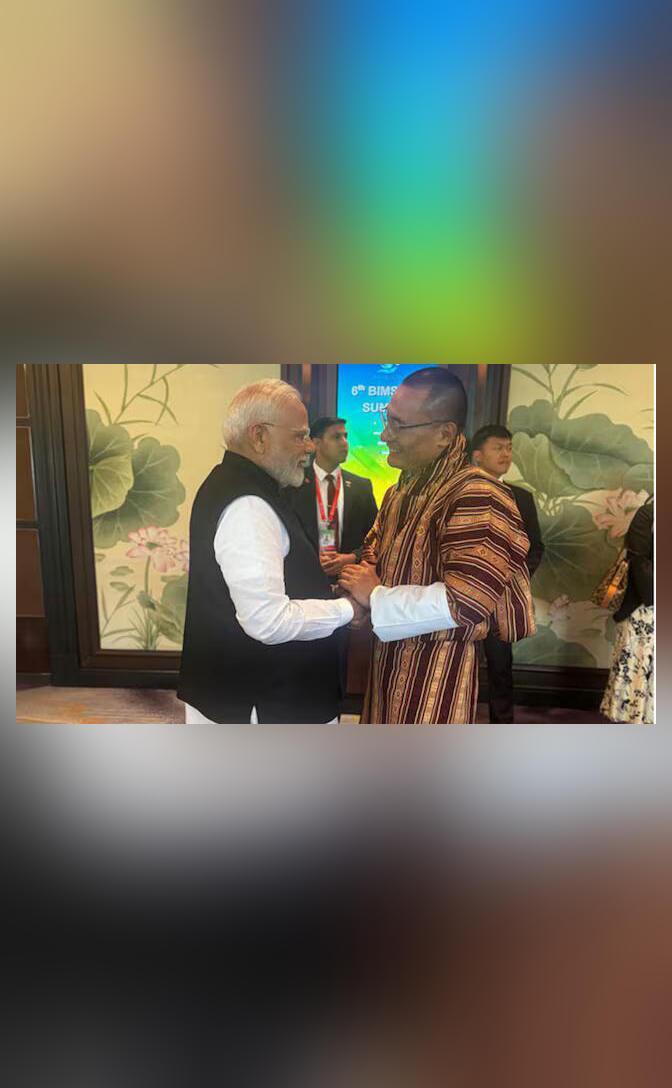
How Accurate were Delhi Exit Poll Predictions in 2015 & 2020?
Exit polls are a crucial aspect of any election, providing valuable insights into the voting patterns and trends of the electorate. However, their accuracy is often a subject of debate. In the case of the Delhi Assembly elections, exit polls have been a key component of the election coverage, with several pollsters vying for attention. In this blog post, we will take a closer look at the accuracy of Delhi exit polls in both 2015 and 2020, examining the predictions made and the actual results that followed.
2015 Delhi Assembly Elections: A Tale of Dramatic Inaccuracy
The 2015 Delhi Assembly elections saw the Aam Aadmi Party (AAP) emerge as the clear winner, securing 67 seats in the 70-member assembly. The Bharatiya Janata Party (BJP), which was the ruling party at the time, was reduced to just three seats. The Indian National Congress (Congress) failed to win a single seat.
In the run-up to the election, exit polls predicted a much closer contest. According to a survey conducted by the Indian Express, exit polls estimated that AAP would secure 45 seats, BJP 24, and Congress one. While the exit polls did predict AAP’s victory, they underestimated the party’s dominance, leaving the actual results a stark contrast to the predictions.
AAP’s victory was a significant upset, with the party winning 22 more seats than predicted. The BJP’s collapse was equally dramatic, with the party winning 23 fewer seats than predicted. Congress, on the other hand, failed to win a single seat, despite the exit polls predicting that it would win at least one.
2020 Delhi Assembly Elections: A More Accurate, But Still Inaccurate, Picture
The 2020 Delhi Assembly elections saw AAP again emerge as the dominant force, winning 62 seats in the 70-member assembly. The BJP, on the other hand, was reduced to just eight seats. The Congress failed to win a single seat, mirroring its performance in the 2015 elections.
In the run-up to the election, exit polls predicted a closer contest than in 2015. According to a survey conducted by the Indian Express, exit polls estimated that AAP would win 54 seats, while the BJP was predicted to win 15. While the exit polls did predict AAP’s victory, they underestimated the party’s dominance, with AAP winning eight more seats than predicted.
The BJP’s performance was also predicted more accurately than in 2015, with the party winning eight seats, just one less than predicted. However, the Congress’s failure to win a single seat was a surprise, despite the exit polls predicting that it would win at least one or two seats.
Analysis: What Went Wrong?
So, what went wrong with the exit polls in both 2015 and 2020? There are several factors that could have contributed to the inaccuracy. One possible reason is the volatility of voter intentions, which can make it difficult to accurately predict the outcome of an election. Additionally, the sample size of exit polls can be limited, which can lead to sampling errors and inaccuracies.
Another factor that could have contributed to the inaccuracy is the failure of exit polls to account for the rise of AAP as a major force in Delhi politics. In 2015, AAP was a relatively new party, and its popularity was difficult to predict. In 2020, AAP’s popularity had grown, but exit polls may not have fully accounted for this growth.
Conclusion: The Limitations of Exit Polls
While exit polls can provide valuable insights into the voting patterns and trends of the electorate, they are not always accurate. The Delhi Assembly elections of 2015 and 2020 provide a stark reminder of the limitations of exit polls. Despite the predictions of exit polls, AAP emerged as the dominant force in both elections, winning a significant majority of seats.
As we move forward, it is essential to recognize the limitations of exit polls and to approach their predictions with a critical eye. While exit polls can be a useful tool in understanding the outcome of an election, they should not be taken as the sole indicator of the outcome. Instead, they should be considered in conjunction with other factors, such as voter surveys and analysis of the campaign.
Source:




